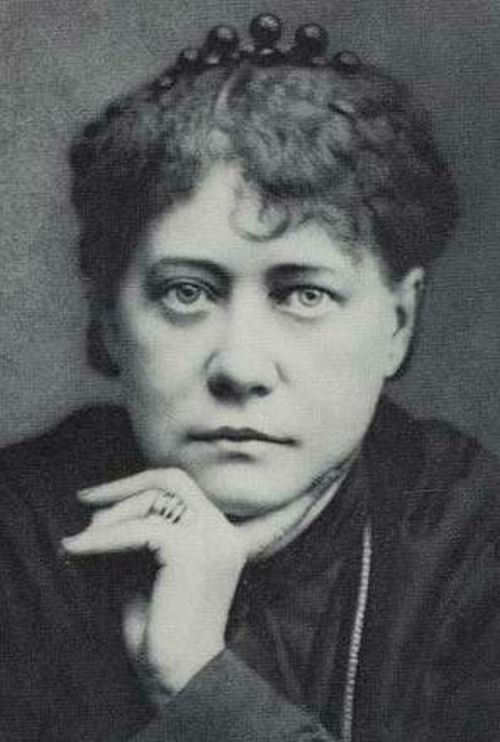Dec 21, 2025
Dec 21, 2025
Dashavatara, in essence, is Hindu mythology. It is the story of Vishnu descending on earth in different forms, or ten incarnations, to restore order and Dharma. The standard order is 1. Matsya (the fish), 2. Kurma (the tortoise), 3. Varaha (the boar), 4. Narasimha (half lion half human), 5. Vamana (Dwarf), 6. Parsurama, 7. Rama, 8. Krishna,9. Buddha and 10. Kalki. The form of the last five incarnations or Avatars are all human.
![]()
The exact date of scripting the story of Dashavatara is not known. Estimates vary between two and five thousand years back.
An interesting aspect of the ten incarnations is the evolutionary interpretation. Theosophist Helena Blavatsky (1831 – 1891), the founder of theosophical society, was the first to put forth this argument. This interpretation came in the year 1877, eighteen years after Charles Darwin published his book “The Origin of Species” in which he propounded the Theory of Evolution by natural selection.

Helena Blavatsky gave the following explanation of the order of Dashavatara.
· Matsya - fish, the first class of vertebrates; evolved in water(Indicates origin of Fishes in Silurian Period
· Kurma - amphibious (living in both water and land; but not to confuse with the vertebrate class amphibians)(Indicates origin of Amphibians in Devonian Period
· Varaha - mammals, wild land animals (Indicates Mammals origin in Triassic Period)
· Narasimha - beings that are half-animal and half-human (indicative of emergence of human thoughts and intelligence in powerful wild nature)
· Vamana - short, premature (imperfect) human beings.
· Parasurama - early humans living in forests and using weapons.
· Rama - humans living in community, beginning of civil society.
· Krishna - humans practicing animal husbandry, politically advanced societies
· Buddha - humans finding enlightenment
· Kalki - advanced humans with great powers of destruction.
Since then many orientalists and Hindu philosophers and thinkers have used the above explanation in order to put forth the argument that there is great harmony between traditional thinking and modern science.
However, there does not appear to be any research or scientific investigation into the above mentioned similarities between two totally independent works. Following are the points to ponder:
1. Was Dashavatara scripted by ancient Indians who had hindsight into what happened millions of years earlier or are the similarities just some strange coincidence? Both sound unlikely.
2. It is noteworthy that Dashavatara does not purport to be representative of Theory of Evolution. The reason is that all the Avatars have taken place concurrently and side-by-side with “man”. For example, the mission of the first Avatar, Matsya, was to save the first man Manu from a deluge.
3. Is the role played by Hanuman and other Vanaras in Ramayana of any scientific significance deserving further investigation? These characters are half ape and half human and perhaps bipeds. Is there any relation between them and “missing link”?
I feel that the foregoing are worthy of further study, investigation and research. Readers with any relevant knowledge may please share the same and initiate discussion.

|
The interpretation of Dashavatara by Helena Blavatsky is fascinating and looks philosophically accurate. Indians in general when they hear about the theory of evolution have no problem understanding it as it harks back to the Dashavatara story. The order of human avatara's do reflect the human societal evolution consistent with modern anthropology. From hunter gatherers to agriculture to organized urban political warring societies. In some lists Balarama appears as an avatara representing the farmer. Ancient thinkers across the world have concepts deduced by intuition and philosophical reasoning. For example, the concept of atom and the word atom were present in Greek and Indian philosophy. We have to understand it in context. One should not suppose they have the whole atomic physics figured out.That is simply national pride talking. Thanks to Dr. Raghavan for putting together a concise, thought provoking article on Dashavataras. Sincerely, Dr. P. Rao |